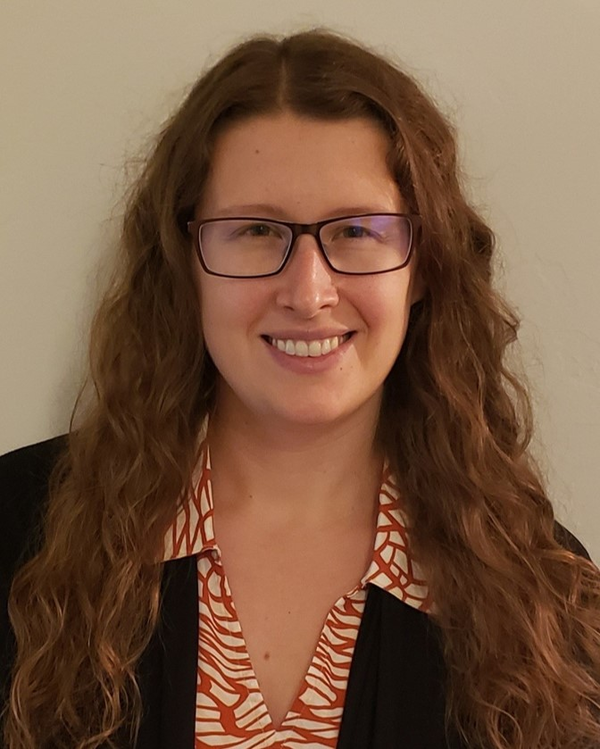
Seminar: Burkely Gallo Twiest
- Event Type
- Seminar/Symposium
- Sponsor
- Professor Cristian Proistosescu
- Virtual
- Join online
- Date
- Nov 1, 2022 3:30 - 5:00 pm
- Views
- 80
The Spring Forecasting Experiment: Teamwork and Trialing Techniques in NOAA’s Hazardous Weather Testbed
Each year, researchers, forecasters, and academics gather in NOAA’s Hazardous Weather Testbed to participate in a series of experimental activities designed to utilize cutting edge numerical weather prediction products, post-processed guidance suites, and forecasting techniques. The goal of each year’s experiment? To advance the science of forecasting severe convective storms.
While the overarching goal of the experiment is the same, each year brings new techniques and challenges, as well as a new set of cases to examine real-time. With the advent of convection-allowing models (CAMs) and ensembles, the last decade and a half of SFEs have focused on the best ways to interpret the beguiling detail provided by CAMs and on how best to design an ensemble of CAMs for forecasting severe convective storms. With the transition of the United States’ modelling efforts to a Unified Forecasting System surrounding the FV3 dynamical core, the question of how to best design a skillful CAM ensemble has become more important than ever. But how to define best? Subjective verification techniques lay at the heart of the SFE, collecting data via surveys, focus groups, and experimental forecasts to assess strengths and weaknesses of the models. By putting researchers and academics in the quasi-operational “hot seat” and requiring them to create forecasts using the experimental models, they deepen their understanding of model performance beyond any statistical metric and can get feedback from operational forecasters. Operational forecasters, in turn, gain insights into new technology coming down the pipeline and can ask questions, frequently to the developers themselves. During the off-season, statistical analyses of the models contributed to the SFE supplement the subjective scores garnered during the experiment itself.
This talk will discuss the variety of experiments conducted under the umbrella of the SFE each year, with an emphasis on results and findings from recent years. We will explore the questions of how best to design a convection-allowing ensemble through analyses of datasets from recent SFEs, with a focus on the transition to a future Rapid Refresh Forecasting System (RRFS) from the currently operational High-Resolution Ensemble Forecasting System (HREF). We will also discuss what makes a forecast “good”, a question that has been plaguing meteorologists for decades, in light of the subjective and objective verification on experimental datasets generated during SFE. We will conclude with future directions for the SFE, and a discussion of how we might next continue our quest for answers surrounding the best forecasting techniques for severe convective storms.